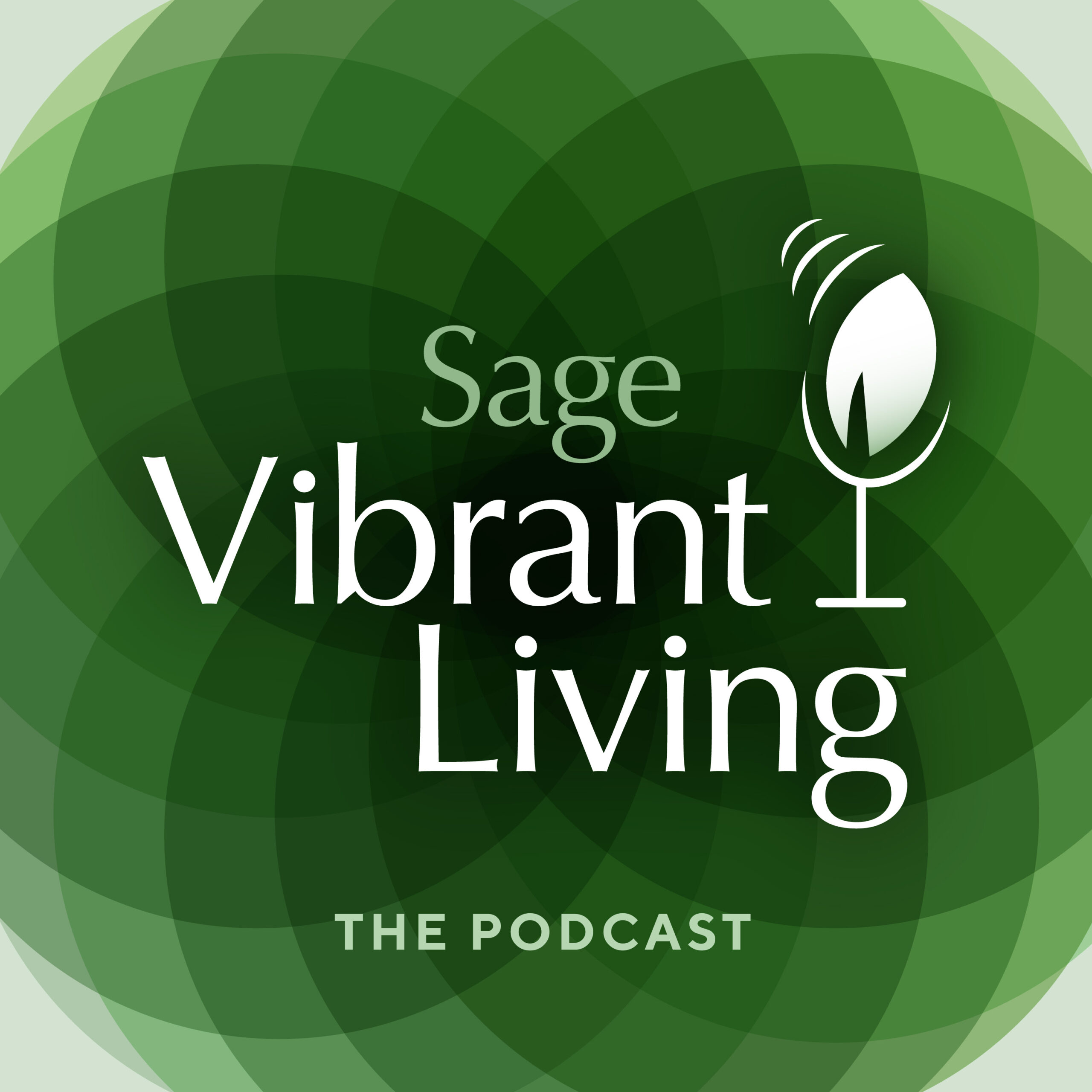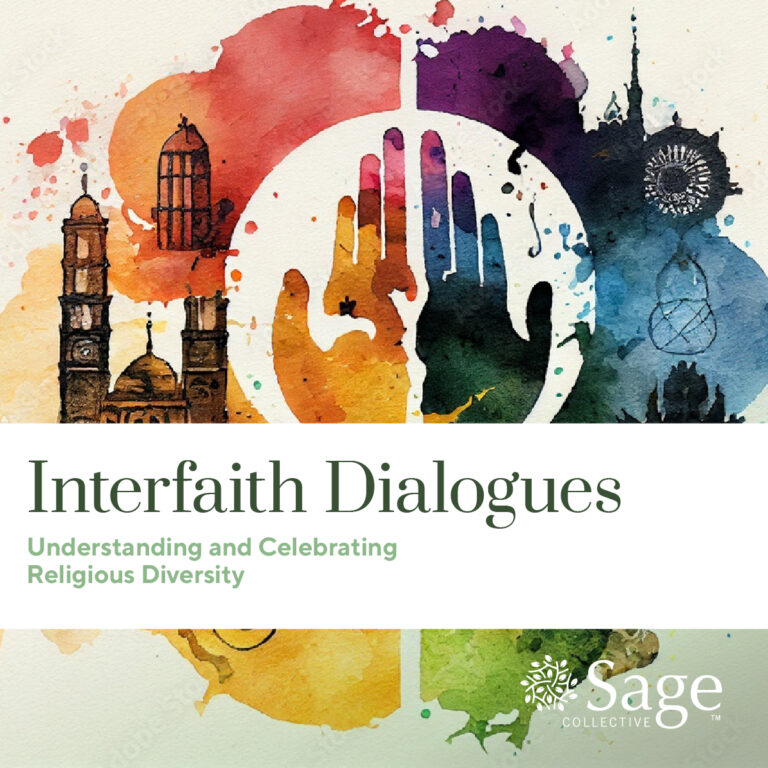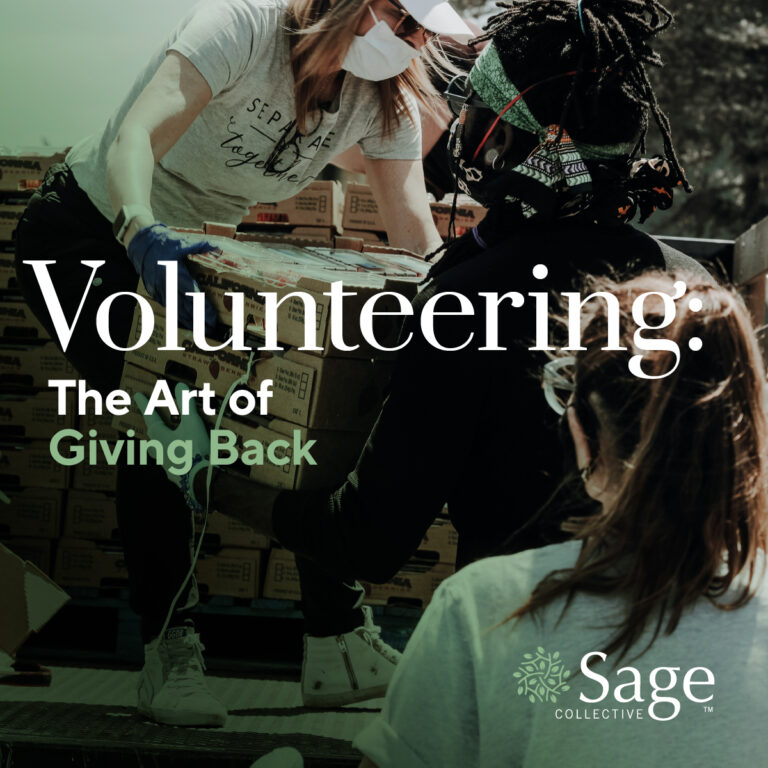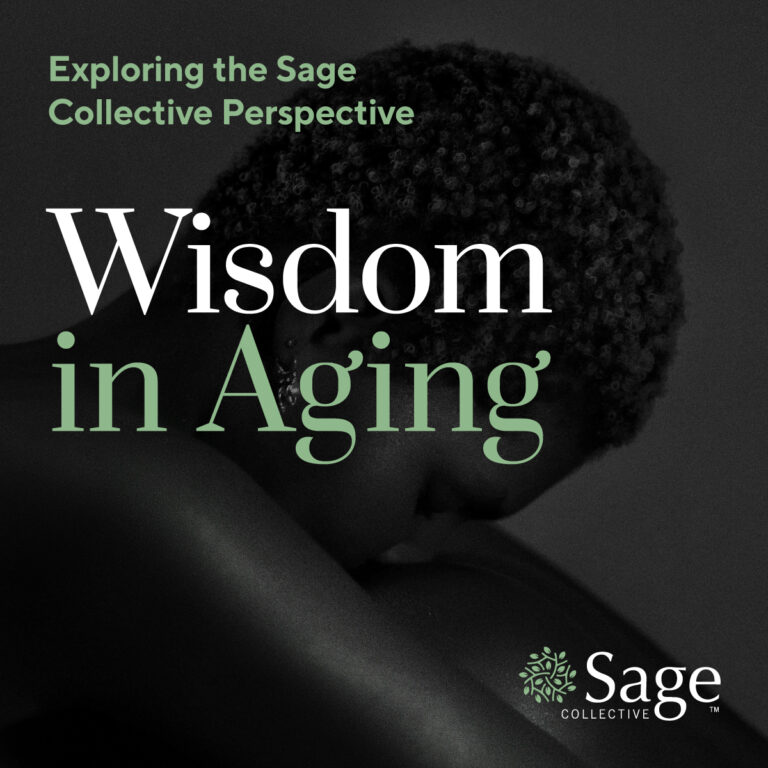Igniting Inspiration: Celebrating World Creativity and Innovation Day with Sage Collective
April 21, 2024 marks an occasion close to the heart of the Sage Collective community — World Creativity and Innovation Day. This year, under the inspiring theme “Step Out and Innovate,” we are called upon to embrace the boundless potential of our minds and encourage people everywhere to push beyond their boundaries and tap into their innate creative and innovative spirit. At Sage Collective, this day is both a celebration and a profound reflection of our core belief in the transformative power of creativity and innovation to enhance lives, particularly as we age.
Contrary to the misconception that creativity wanes with age, the reality is strikingly different. Older adults possess a vast reservoir of experiences, insights, and wisdom that can profoundly fuel creative endeavors. Each of us has the potential to contribute something groundbreaking to the world, regardless of our years.
Innovation involves applying creativity to solve problems or make improvements, envisioning the world not only as it is but as it could be. Sage Collective is deeply committed to fostering an environment where innovative ideas can thrive, especially those enhancing the quality of life for older adults. Through the arts, technology, or new community living models, we recognize innovation as the key to addressing the challenges faced by older generations.
Celebrating Creativity and Innovation at Sage Collective
Under the banner of “Step Out and Innovate,” we, as a community, celebrate World Creativity and Innovation Day by:
- Showcasing Talent: Highlighting the creative talents within our community, from artists and writers to musicians and thinkers. Through virtual galleries and performances, we celebrate the myriad ways creativity manifests in our lives.
- Engaging Workshops: Hosting workshops and seminars designed to ignite the creative spark within. These sessions invite members to explore new hobbies, rediscover forgotten passions, and embody this year’s theme by stepping out of their comfort zones.
- Intergenerational Collaboration: Encouraging projects that bring together younger and older generations, fostering diverse perspectives and co-creating solutions that benefit all ages. These collaborations embody the spirit of stepping out and innovating, showcasing the richness that comes from combining the wisdom of age with the fresh ideas of youth.
As World Creativity and Innovation Day approaches, we urge every member of the Sage Collective community to embrace your creative and innovative potential, engage in activities that challenge you, share your groundbreaking ideas, and most importantly, celebrate the limitless capacity for innovation within each of us.
In celebrating this special day, we’re reaffirming our commitment to building a vibrant, dynamic community where creativity and innovation are integral to everyday life. Join us in this celebration, and together, let’s redefine the boundaries of what’s possible, one innovative step at a time.











